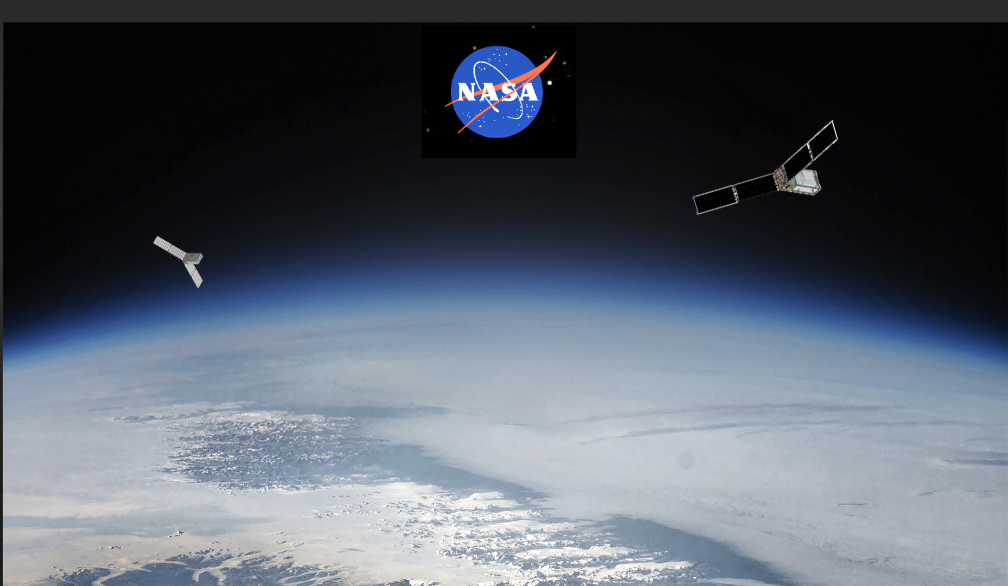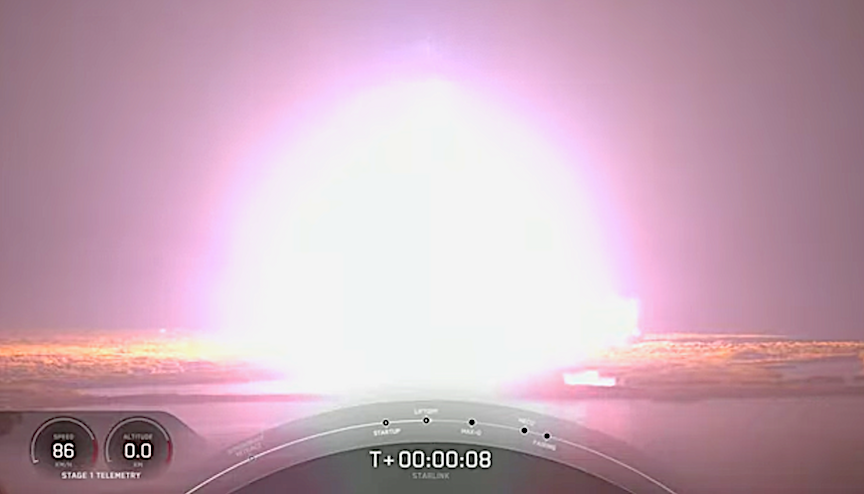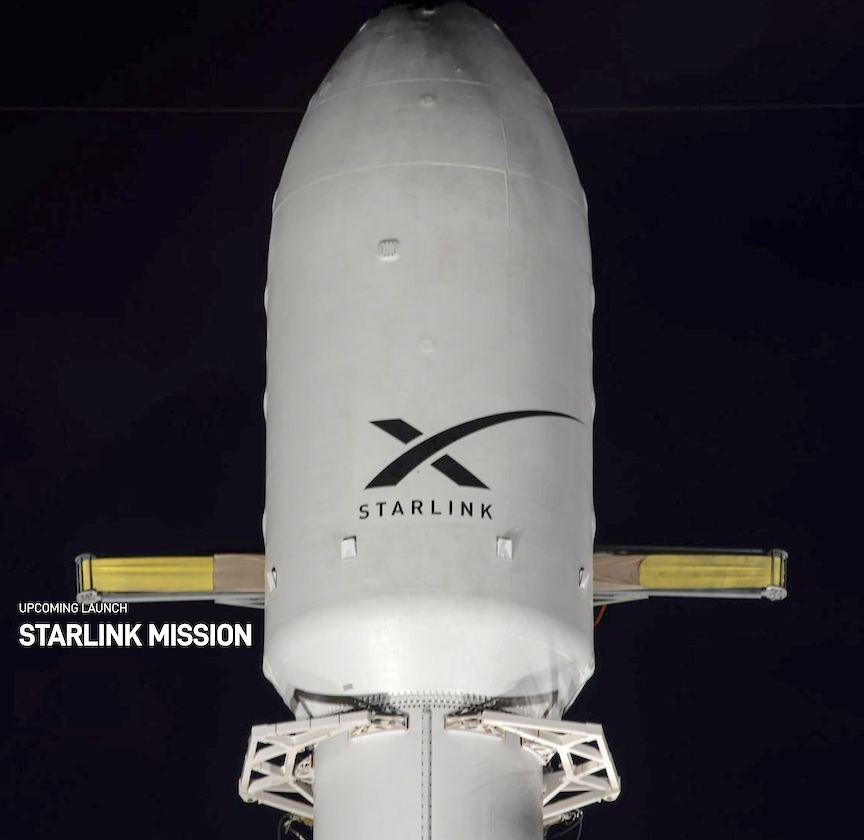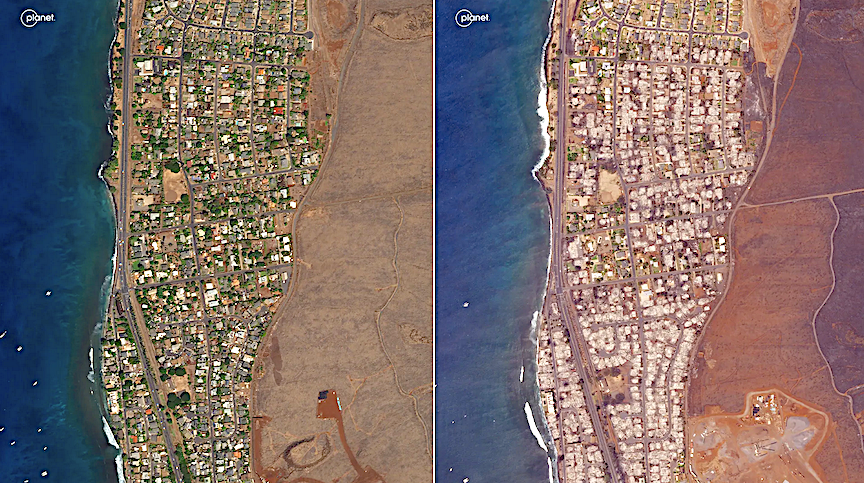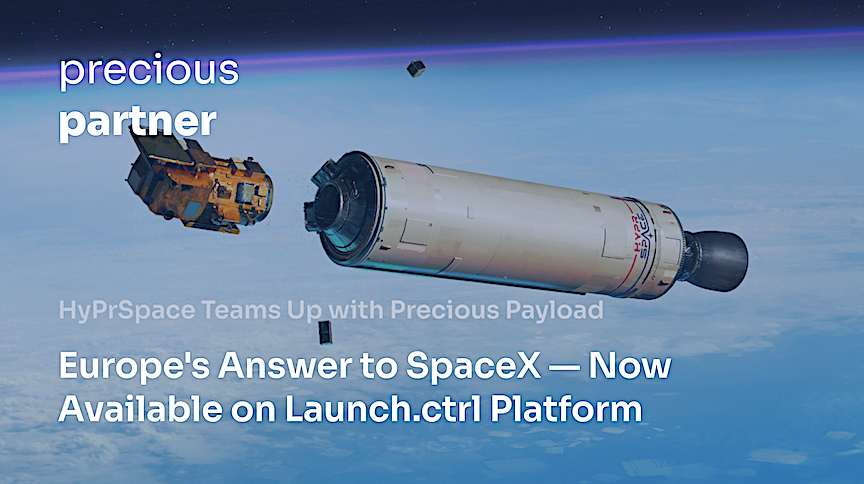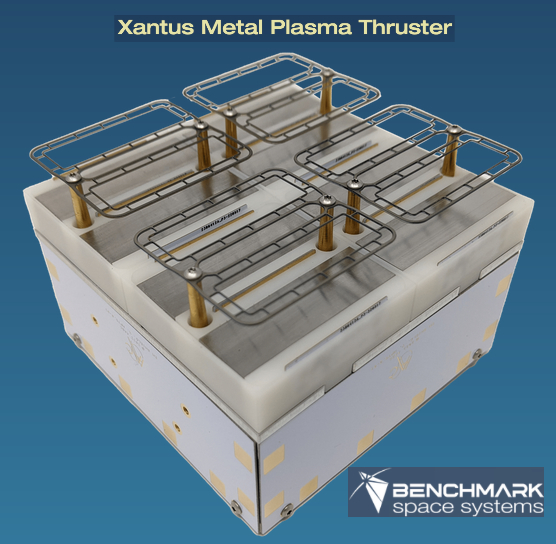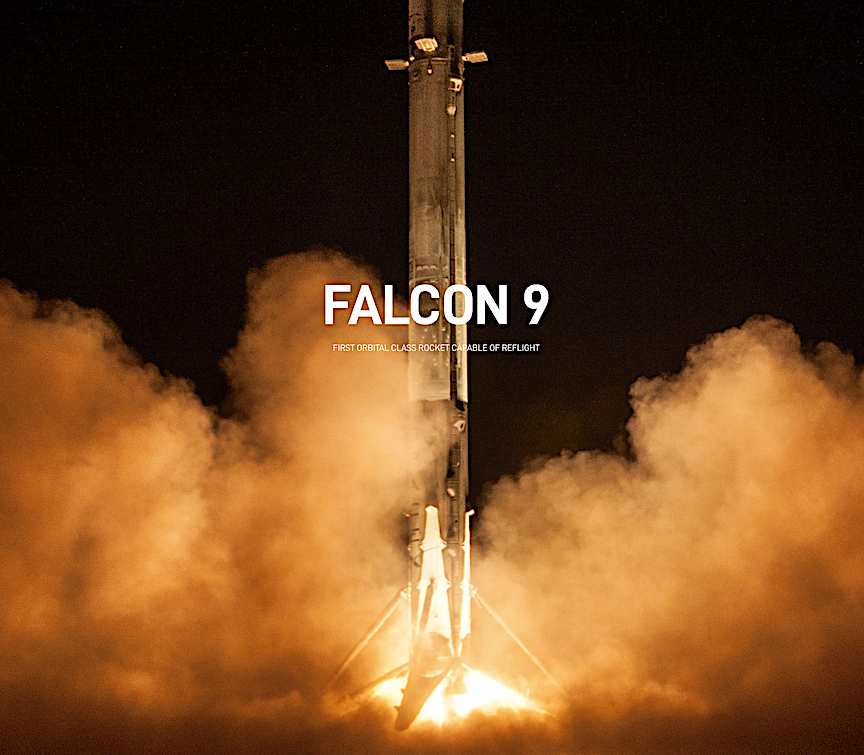
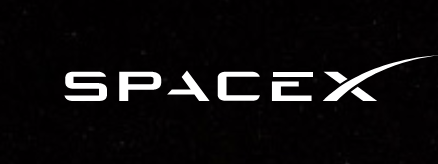
SpaceX is targeting Wednesday, August 16 at 1:42 a.m., ET, (08:42 UTC on August 17) for a Falcon 9 launch of 22 Starlink satellites to low-Earth orbit from Space Launch Complex 4E (SLC-4E) at Cape Canaveral Space Force Station in Florida.
If needed, four additional opportunities are available starting at 9:07 p.m. ET (1:07 UTC on August 17) until 12:00 a.m. ET on August 17 (4:00 UTC). Four backup opportunities are also currently available on Thursday, August 17 starting at 7:49 p.m. ET (23:49 UTC) until 11:11 p.m. ET (3:11 UTC on August 18).
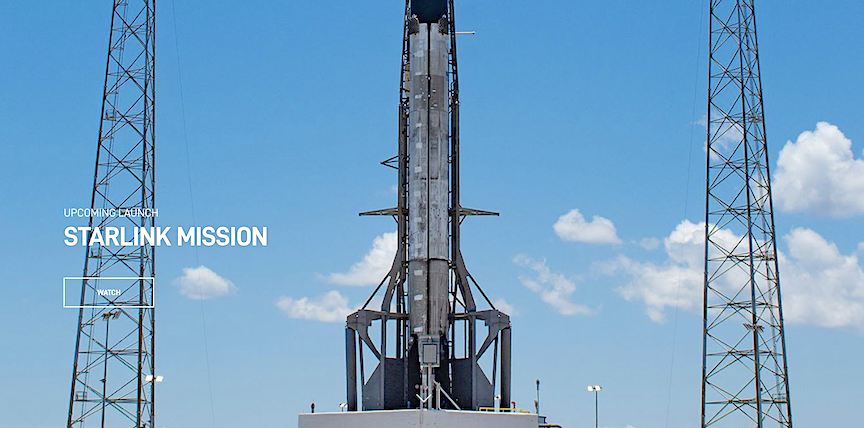
This is the 13th flight for the first stage booster supporting this mission, which previously launched CRS-22, Crew-3, Turksat 5B, Crew-4, CRS-25, Eutelsat HOTBIRD 13G, mPOWER-a, PSN SATRIA, and four Starlink missions. Following stage separation, the first stage will land on the A Shortfall of Gravitas droneship, which will be stationed in the Atlantic Ocean.


